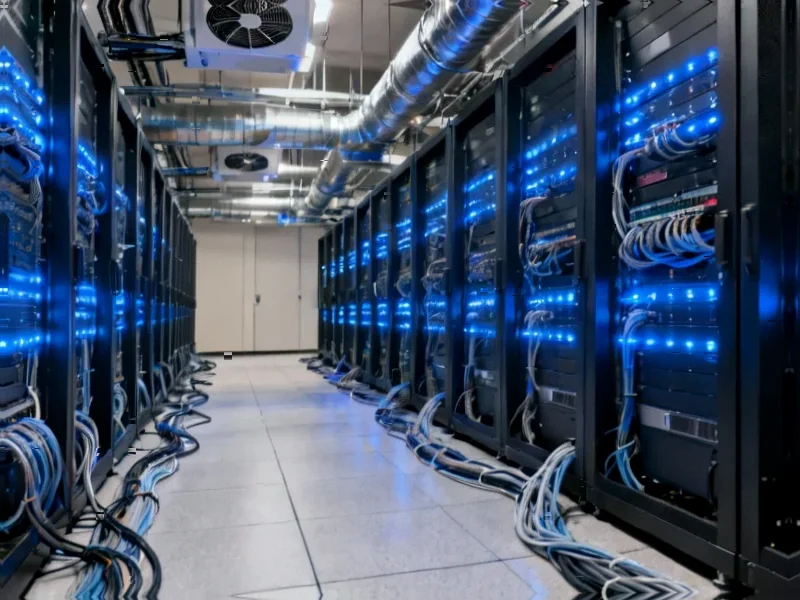According to Forbes, Snowflake CEO Shridhar Ramaswamy is steering the company toward a platform vision where “agentic AI” empowers every employee to reason with data directly. The company, which holds an estimated 18.33% market share in data intelligence, reported total revenue of $942.1 million, a 28% year-over-year increase, with product revenue hitting $900.3 million. Ramaswamy revealed an internal AI agent prototype called “Raven” is already functioning as a sales assistant. Early adopters like Toyota Motor Europe have cut development cycles from months to weeks using Snowflake’s new Intelligence platform. The CEO emphasized that their strategy is not about flashy model integrations but about guaranteeing trust and compliance at scale, welcoming competition from players like Microsoft and Databricks, which holds an 8.67% market share.
The Trust Gambit
Here‘s the thing: Snowflake‘s entire argument hinges on one word. Trust. Ramaswamy’s bet is that enterprises are so terrified of AI hallucinations, compliance nightmares, and data leaks that they’ll prioritize a safe, governed environment over potentially more powerful or flexible tools. He’s basically saying, “You can have the flashiest AI in the world, but if you can’t trust its answers or prove where they came from, it’s worthless.” That’s a compelling pitch in a boardroom. And their massive 18% market share means they have a huge installed base that’s already bought into their data governance model. Switching costs are real—companies have trained entire teams and built complex workflows on Snowflake. That’s a powerful moat.
The Openness Problem
But there’s a massive skepticism lurking here. Critics like Nic Riemer, CEO of Invigilator, point out the fundamental tension in Snowflake’s strategy. Can you truly be the “connective tissue” for an open AI ecosystem if you’re also a walled garden? The real magic for multi-cloud enterprises is open semantics that travel with the data, not being locked into one vendor’s platform. Snowflake talks a big game about interoperability, but they’ll need to prove it. If their governance starts to feel more like a prison than a tool, that defensible position could crumble. And let’s be real—when has a dominant platform vendor ever voluntarily made it easy for your data to leave?
The Cost Question
Then there’s the elephant in the room: cost. Snowflake isn’t known for being the cheapest option, and layering complex AI agent workloads on top of existing data storage and compute bills could get scary fast. The company highlights built-in cost controls, but enterprises are right to be wary. As Chad Burnette, CTO of Wayfound, noted, the challenge is maintaining trust without becoming “too restrictive or too expensive.” When every department starts firing off natural language queries to AI agents, who’s footing that bill? Snowflake’s financials look strong now, but if customers start feeling the pinch, that 28% revenue growth might be harder to sustain.
The Road Ahead
So where does this leave us? Ramaswamy is probably right that the AI battleground has shifted from raw model power to integration and trust. But execution is everything. The prototype “Raven” agent is a nice demo, but scaling that to thousands of enterprises with unique data and compliance needs is a completely different ballgame. The competition from Databricks and Microsoft Fabric is fierce and well-funded. Snowflake’s early lead in market share and governance gives it a real advantage, but the race is far from over. The companies that win will be the ones that make powerful AI feel simple, safe, and—crucially—affordable. Can Snowflake pull that off? We’re about to find out.




